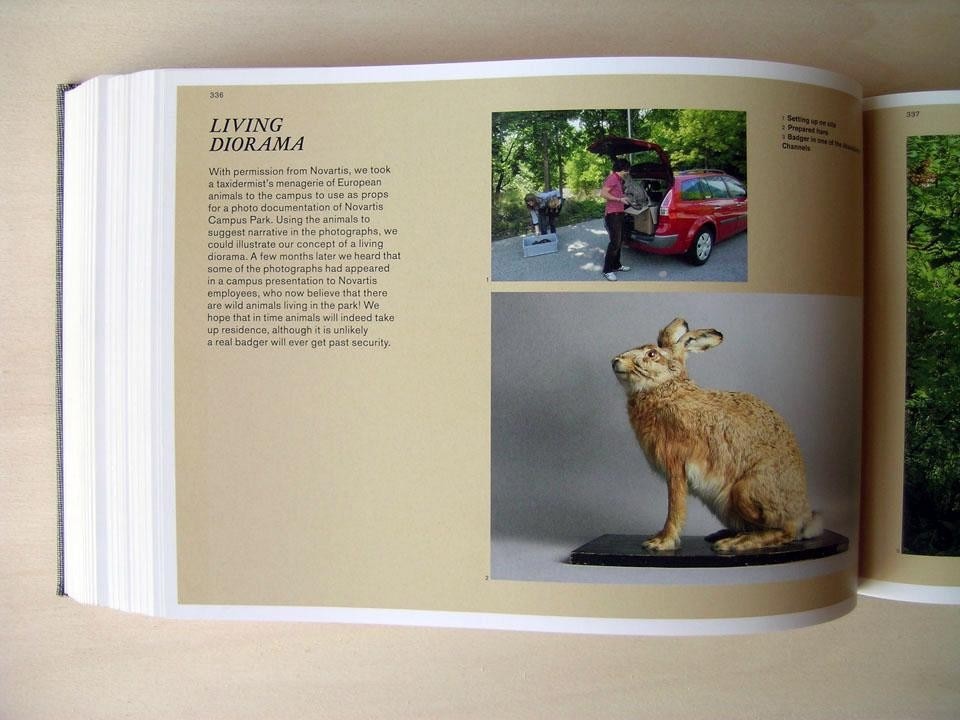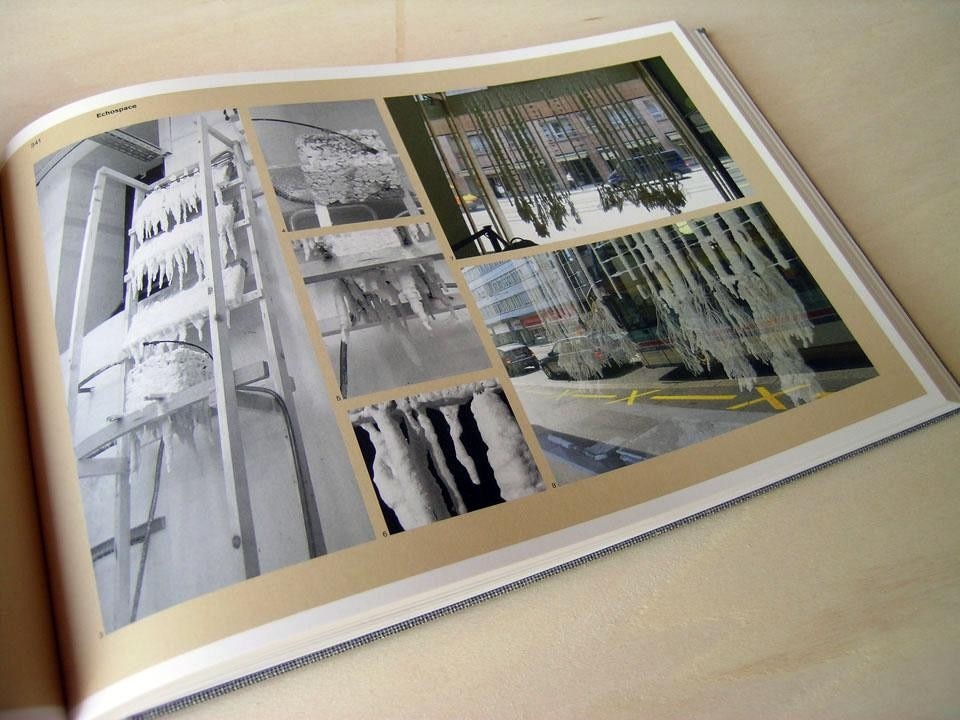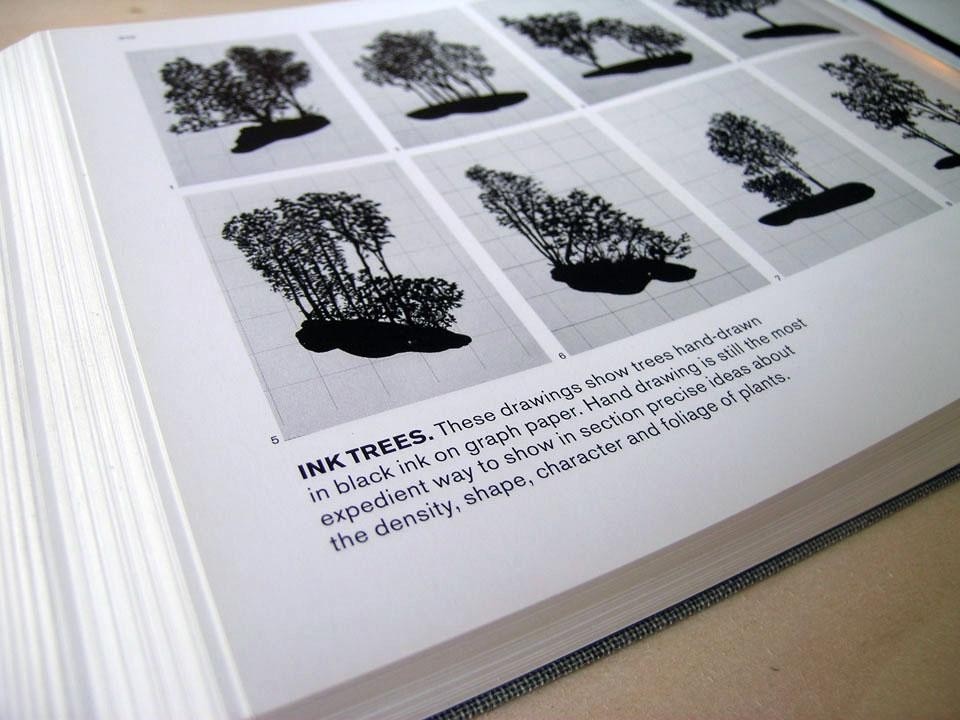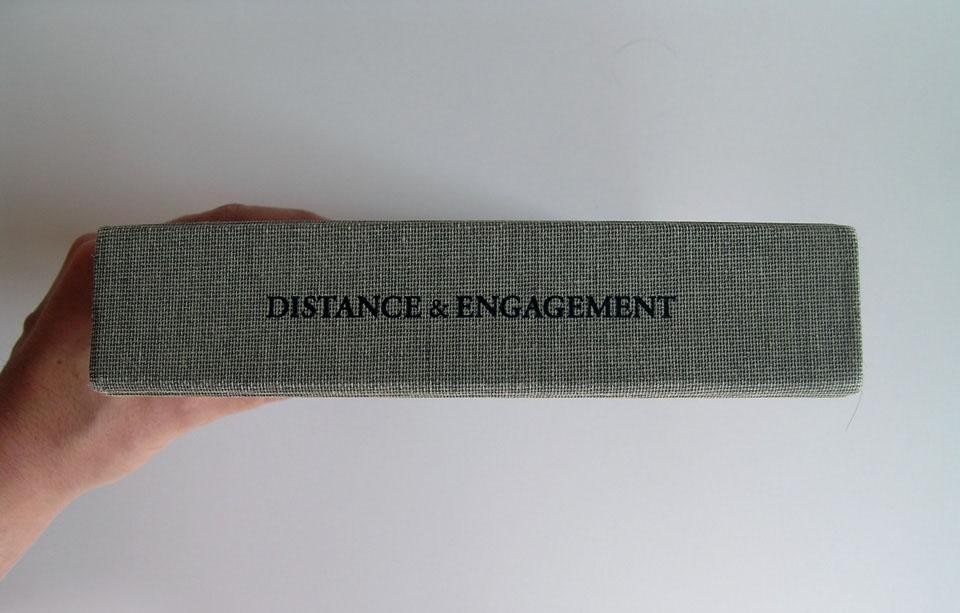Alice Foxley, Lars Müller Publishers 2011 (455 pp., €80.50)
Perhaps the best way to start reading Distance & Engagement is to open the book to the glossaryeight pages of words and definitions placed, not coincidentally, in the middle of the book. It is a section of terminology that interweaves vocabulary from various disciplines—from geology to botany, from the engineering of fortifications to art history—inviting the reader make every nuance of the text his/her own, to discover many anecdotes and references in a monograph that does not offer a presentation of the projects and the work of the Zurich office as much as its working method, the experimental and investigative approach to landscape design.
Distance & Engagement: Walking, Thinking and Making Landscape is edited by Alice Foxley, the head of Research and Development at the office directed by Günther Vogt. Leafing through the book, it unfolds as a catalogue of studies, analyses, mapping, survey practices and hypotheses for survey drawings and interventions.
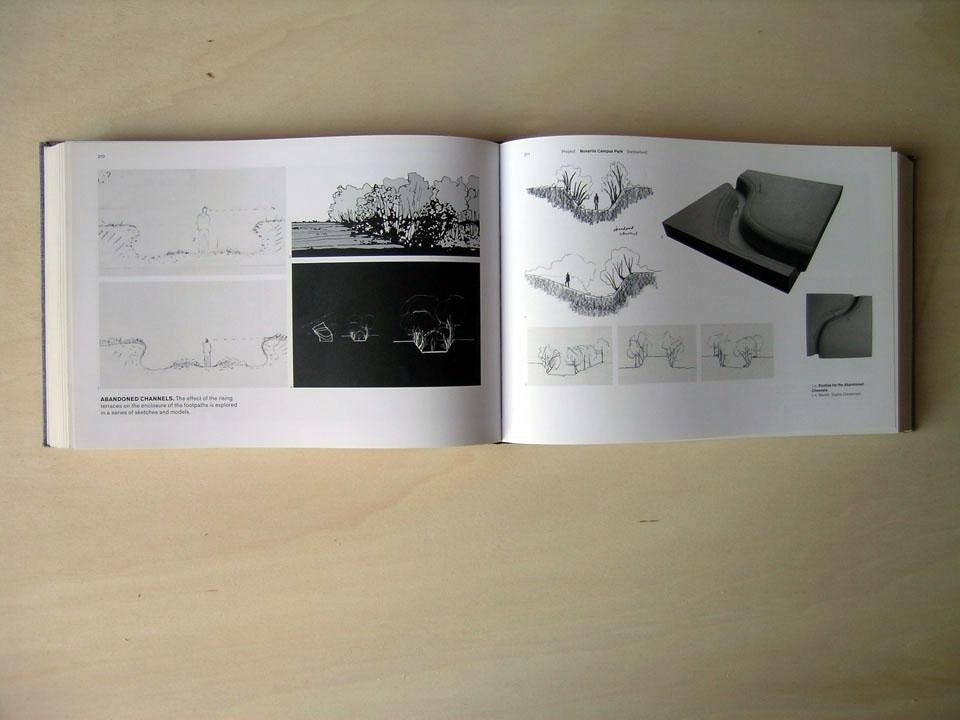
After "Miniature and Panorama," an overview of the projects by Vogt Landschaftarchitekten from 2000 to 2006 throughout the world – from collaborations with Herzog de Meuron for the Allianz Arena and the Laban Center to work with SANAA, Meili Peter Architekten and Olafur Eliasson – in this second volume, Alice Foxley guides us through the office's workshop/laboratory, among the models and maps, as well as through the high plains of the Rhine Valley in Switzerland and the parks surrounding the London area. Scientific research, analytical method and classification are strategies that intertwine with personal experience and perception of place.
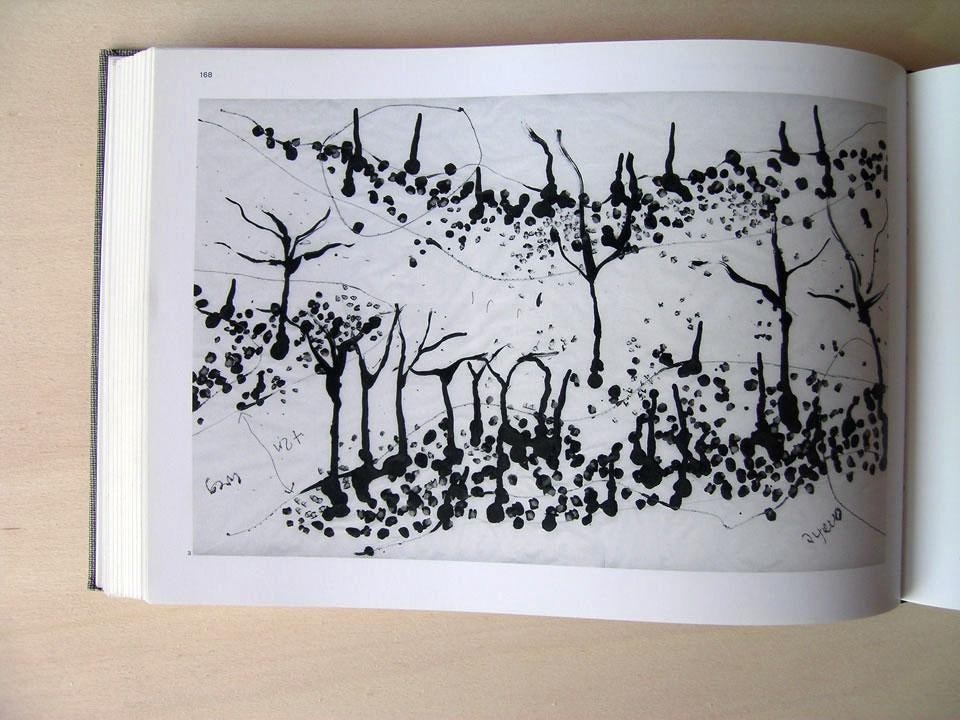
Similarly, the scheme for the Novartis Campus Park in Basel, adjacent to the Rhine, to be created on the cement surface above a large underground parking lot, is designed as though it were a portion of the river valley in prehistoric times. A hidden and forgotten fragment of the history of the local landscape that re-emerges between campus and river, a true model designed with terraces and embankments that resembles hand-shaped geological stratification, a new flood plain designed with inclined strata to facilitate drainage and water runoff. "We are geomorphic agents," Foxley underlines in one of the book's crucial chapters.
Resampling and redesigning parts of nature, transposing pieces of geography from one territory to another is not a forced artificial practice but, rather, part of a logic that uses nature as a design material.
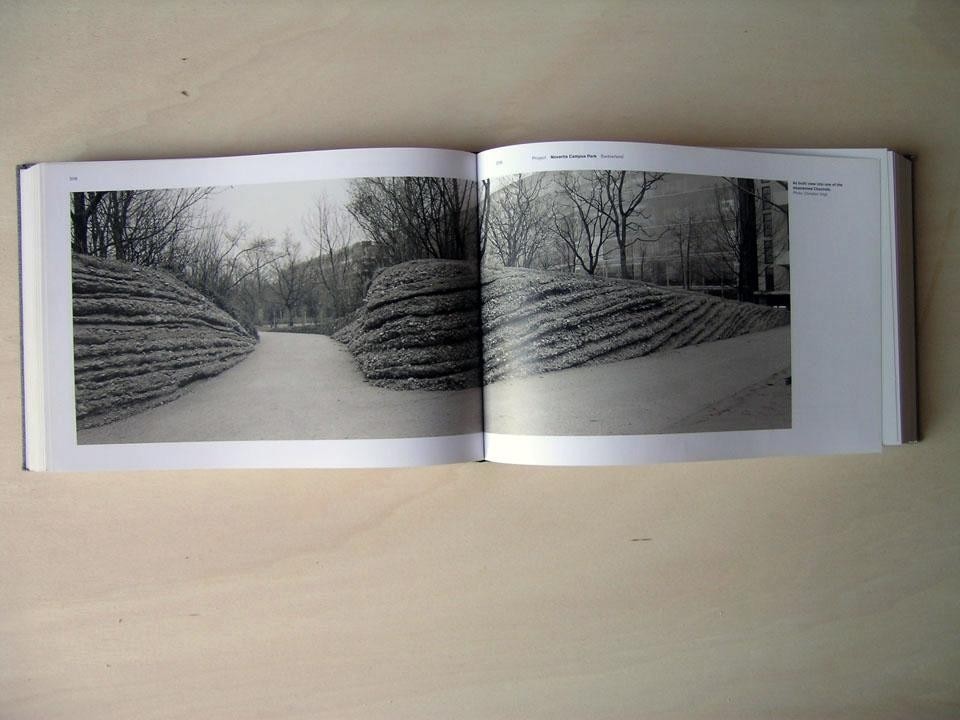
Thus the studies for the planting of the area to the south of the Tate Modern, where the museum expansion will be built by H & dM, are hand drawn in ink—leaf by leaf, trunk by trunk. Like black silhouettes on gridded paper—almost reminiscent of the dark shapes by the artist Kara Walker—these drawings constitute a catalogue, as scientific as it is hand-crafted, of an infinite range of possible natural combinations. Hand drawing becomes an appropriate tool for defining the density, form and character of foliage and plant structure.
Francesco Garutti
